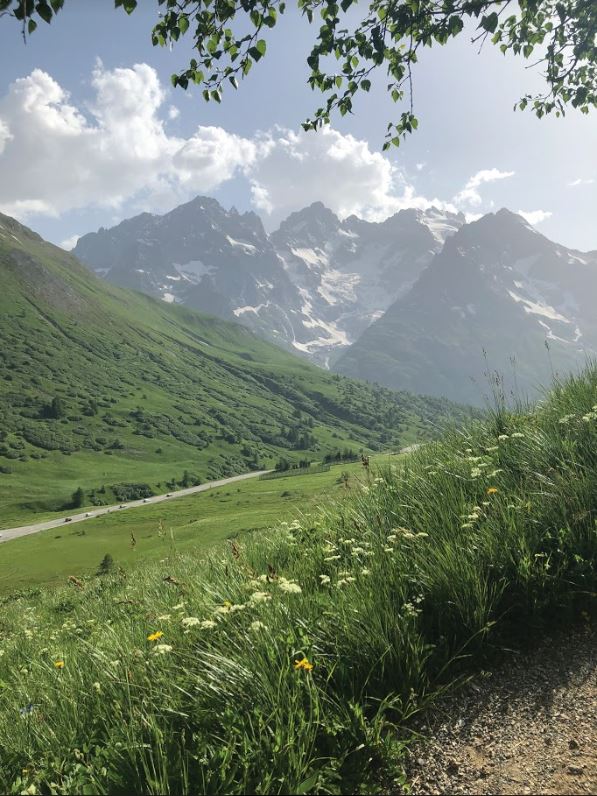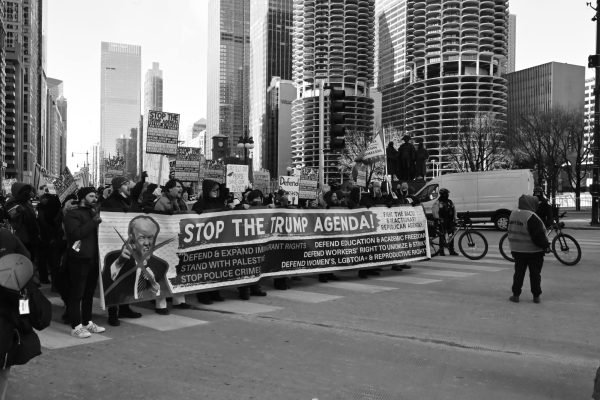Alps Experience
We may not be able to reverse climate change, but we have to try our best to no longer contribute. For our mountain’s sake.
Earlier this month, I had the privilege to attend a summer abroad program in France with the University of Grenoble-Alpes. The name of this program was Mountains on the Move, and in this program, we studied the rapidly changing landscape of the French Alps.
The changes that can be observed today are largely due to global climate change. These changes to the Alps have caused a host of issues for the local residents ranging from heightened avalanche risks to economic ruin.
First, increasing atmospheric temperatures have caused a disruption in the accumulation of seasonal snowpacks. When snow falls to the ground, it will accumulate in layers forming bonds with each other if atmospheric temperatures are low enough. This phenomenon is no different on mountain ranges.
Snow falls and accumulates forming what is known as a snowpack. These snowpacks will eventually become ice if temperatures allow. However, because of the high altitude, the snow that falls is affected by an energy feedback loop that traps and stores heat in the atmosphere; effectively warming and melting the ice, weakening the bonds within the seasonal snowpack. When the snow begins to accumulate on top of theses weak bonds, the layers may become unstable leading to avalanche risk.
Avalanches are very difficult to predict and even more difficult to outrun. An avalanche can reach up to ninety-three miles per hour and happen in a moment’s notice. As long as climate change continues to be an issue, increasing avalanche risk will continue to afflict the inhabitants of mountainous communities.
The mountain communities of the French Alps have also taken some hits to their economy because of the effects of climate change.
Warmer temperatures result in little to no snowfall throughout the winter season. This poses a threat to nearly all winter sports that are hosted on the mountain ranges.
The snowy icecaps of the Alps have attracted tourists for years. The residence of the French Alps used this knowledge to their advantage and incorporated winter sports into the heart of their economy.
Large investments were made for housing and other forms of infrastructure to accommodate the influx of winter tourists. This included ski resorts and lifts, lodges, and retail stores.
These communities slowly became reliant on seasonal tourism. Initially, their investments into winter sports were a safe bet. Every year the residence could rely on the fact that winter would bring snow that would attract tourists to the mountains and the local businesses.
However, every year the Earth gets warmer, the community can expect to see a decrease in annual snowfall. With no snow, the ski resorts cannot operate and with no ski resorts, there are no tourists to keep the economy afloat.
To make up for the lack of snow, resort owners have resorted to creating their own snow with the use of meter long snow guns. This artificial snow is denser than naturally falling snow, so it tends to accumulate easier and not melt as fast. However, snow accumulation is only half the problem.
As global temperatures continue to rise the ski sport is in danger of becoming obsolete.
In order to make snow, atmospheric temperatures must be below zero. As warming continues over the mountains due to feedback loops, the days of weather below zero are few and far between.
Creating snow also requires the transport and storage of around 75,000 gallons of water. This task has gotten increasingly expensive in relation to profits, and even less sustainable as temperatures warm requiring more and more gallons of water.
Your donation will support the student journalists of Northeastern Illinois University's The Independent, either in writers' payment, additional supplies and other items of note. Your contribution will allow us to purchase additional equipment for writers/photographers/illustrators and cover our annual website hosting costs.






